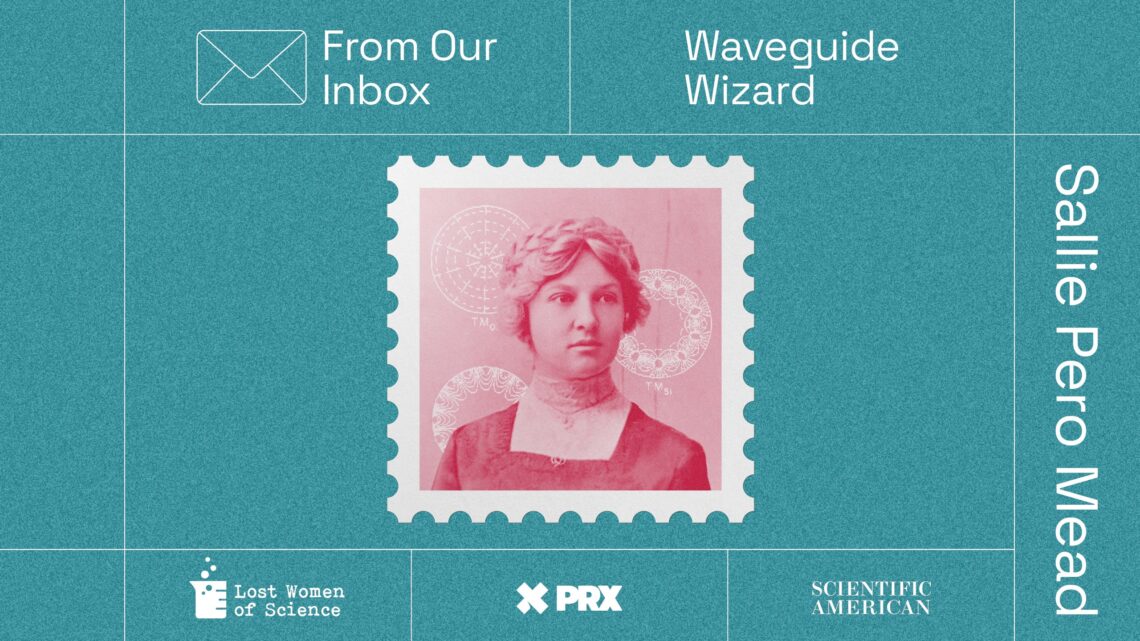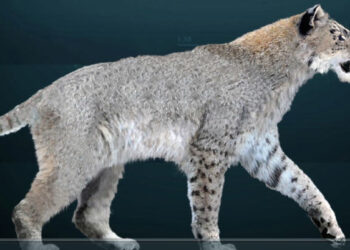Sallie Pero Mead was first hired at AT&T in 1915 as a “computer”—a human calculator—shortly after completing her master’s degree in mathematics at Columbia University. Before long she started working on the company’s transmission engineering team as both a mathematician and an electrical engineer. She and her team developed and tested hollow metal tubes used as waveguides: structures that confine and direct electromagnetic waves. In 1933 they discovered a new way that hyperfrequency waves could propagate down these tubes, and this made radar technology possible—just in time for use in World War II.
LISTEN TO THE PODCAST
On supporting science journalism
If you’re enjoying this article, consider supporting our award-winning journalism by subscribing. By purchasing a subscription you are helping to ensure the future of impactful stories about the discoveries and ideas shaping our world today.
[New to this season of Lost Women of Science? Listen to the most recent episodes on Vera Peters, Annie Montague Alexander, Emma Unson Rotor, Mária Telkes, Flemmie Kittrell, Rebecca Lee Crumpler and Eunice Newton Foote.]
Lost Women of Science is produced for the ear. Where possible, we recommend listening to the audio for the most accurate representation of what was said.
EPISODE TRANSCRIPT
Katie Hafner: I’m Katie Hafner, and this is Lost Women of Science: From Our Inbox, a series of mini-episodes featuring women in science who came to us from you, our listeners.
On today’s episode, we hear from electrical engineer Greg Coxson and mathematician William Haloupek, about Sallie Pero Mead, whose work at AT&T paved the way for early radar technology. Producer Erica Huang brings us her story.
Greg Coxson: I was talking, we were emailing, Bill and I were emailing this week, and I said Bill, I’ve, did you ever get to see the back of one of those spy radar, uh, antenna arrays? We, we used to work on the spy radar together in Morristown, New Jersey. And if you look at the…
Read the full article here







